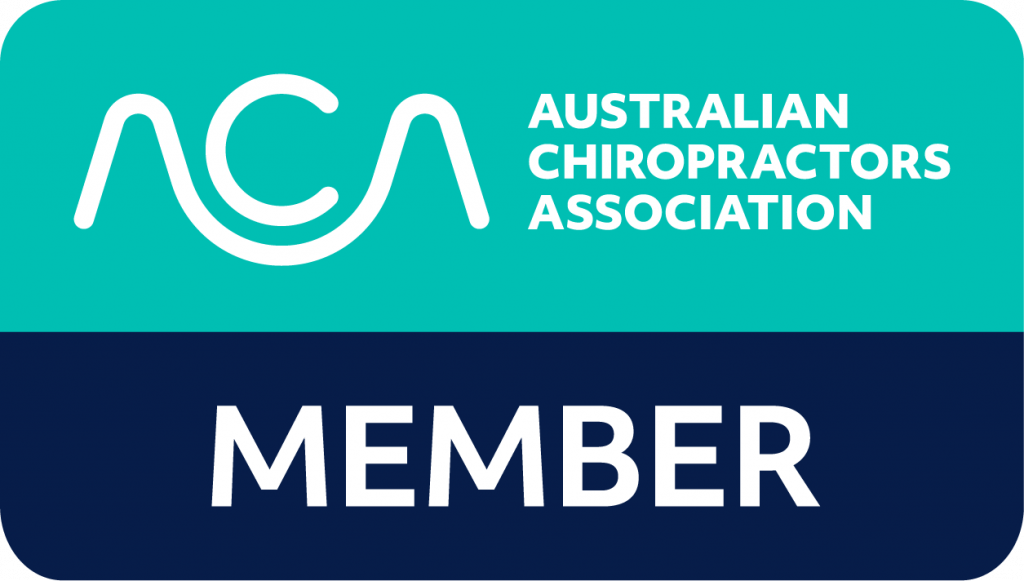Blog
A General Overview Of Carpal Tunnel Syndrome

Feeling tingling, numbness or weakness on either of your hands? You might be suffering from carpal tunnel syndrome or CTS. Here, Epping chiropractor Dr. Gus Gunther gives a brief overview of this condition.
A brief lesson in anatomy
In order to better understand CTS, it is worthwhile to give a brief look into the anatomy of your hand and forearm.
The carpal tunnel refers to the space found in a person’s wrist where tendons and the median nerve run through from the forearm to the hands. The median nerve is responsible for the movement and feeling in the thumb, index, middle and ring fingers.
The tingling, numbness or weakness that you are experiencing is caused by the pressure on the median nerve. This occurs due to the narrowing of the carpal tunnel due to swelling.
What causes CTS and who’s at risk?
CTS may be caused by several factors. If you have diabetes, hypothyroidism or rheumatoid arthritis, you are more likely to suffer from this condition.
Some professions are also more susceptible to CTS as compared to others. These include typists, musicians, customer service representatives, assembly line workers, cleaners and other professional and skilled workers whose jobs entail the performance of repetitive tasks for extended periods of time.
CTS rarely occurs among children. Rather, older people are more susceptible to this condition. Women are also at a higher risk of suffering from CTS as compared to men.
In particular, CTS is prevalent among women who are pregnant or undergoing menopause. The main reason for these is the hormonal changes these women are experiencing.
People who are overweight and who lead sedentary lifestyles are also at high risk of suffering from CTS. The excess body mass can adversely affect and put unnecessary pressure on the median nerve.
Other risk factors include smoking, consumption of alcohol, poor nutrition, stress, previous injuries and anatomical issues like square wrists and palm shape.
What are your options?
As with other conditions and diseases, prevention is always better than cure. Manage your weight, eat healthy food and exercise regularly. Avoid smoking and keep alcohol consumption at a minimum.
At work, make sure that you keep your wrists in a neutral position, and whenever possible, alternate the use of your hands. Sit properly by relaxing your shoulders and keeping the wrists straight, slightly lower than the hands.
Treatment options for CTS can vary from resting and icing, to the use of nonsteroidal anti-inflammatory drugs, to surgery and chiropractic care.

